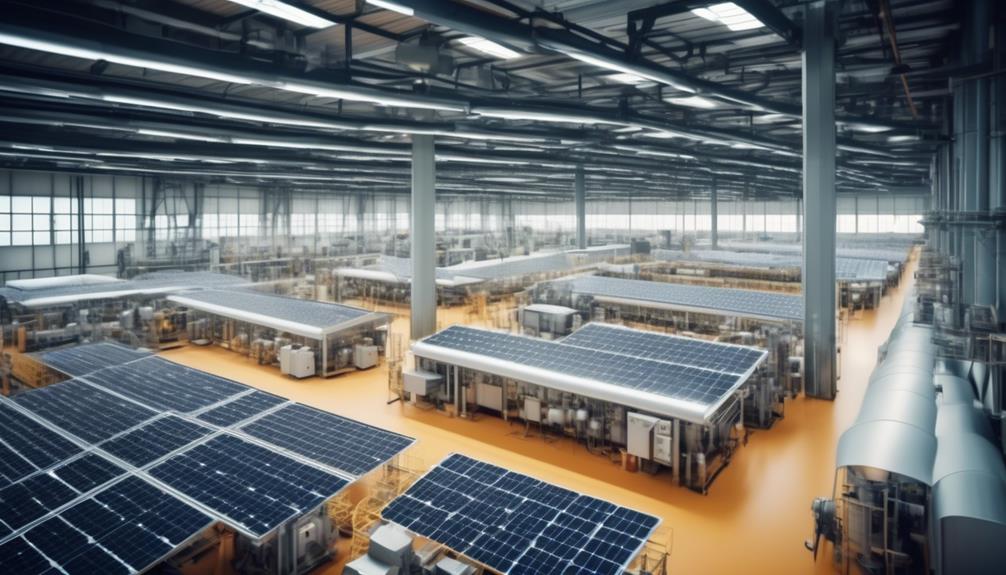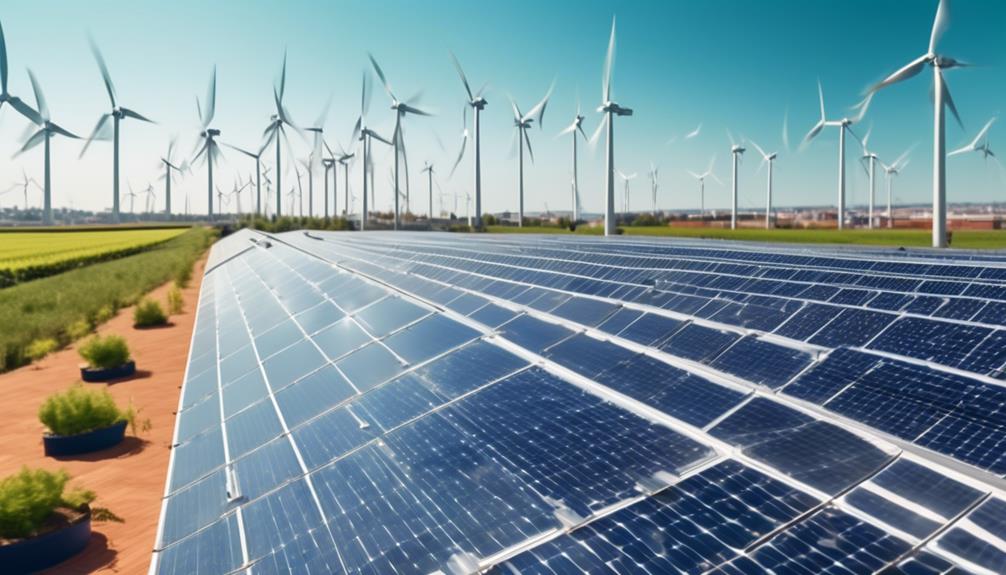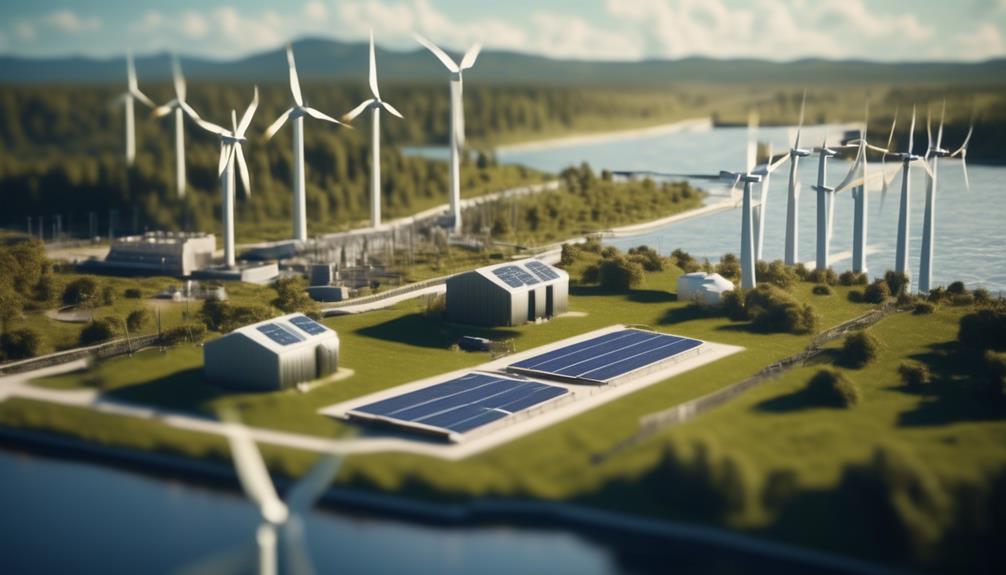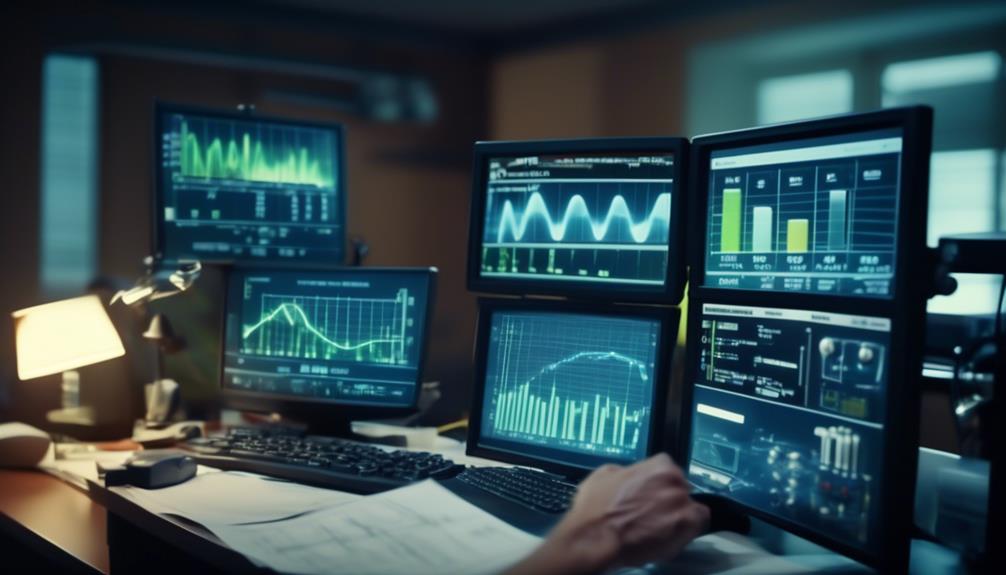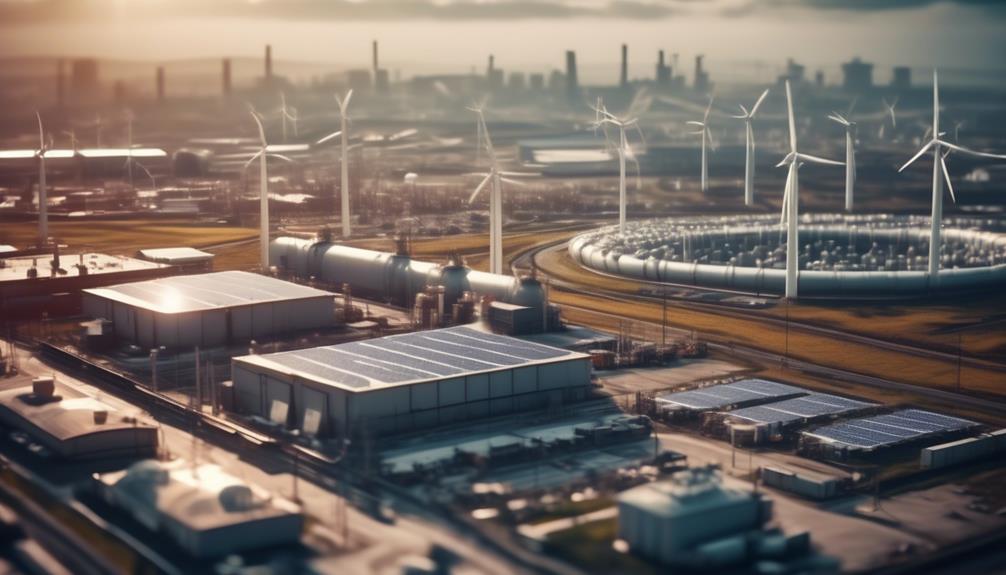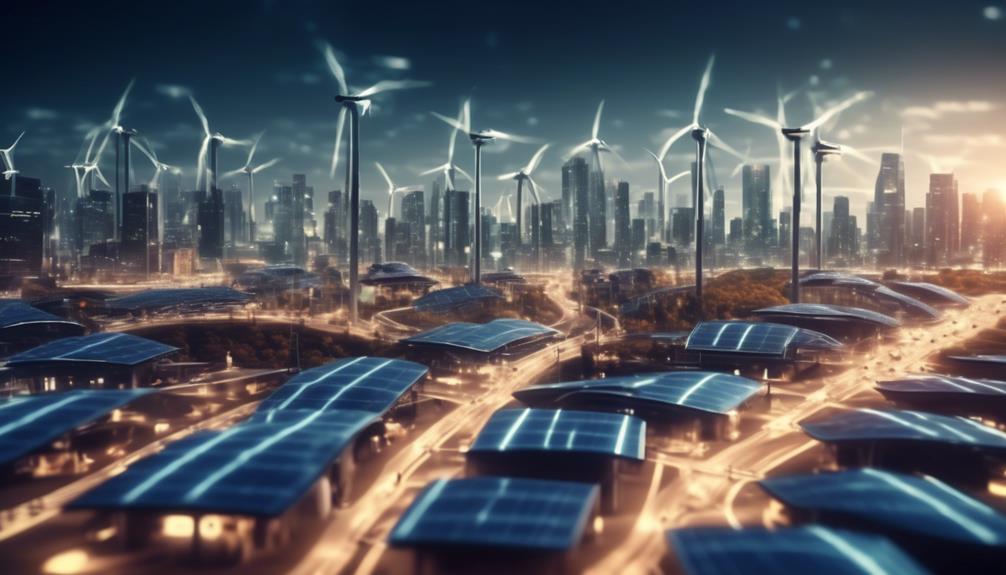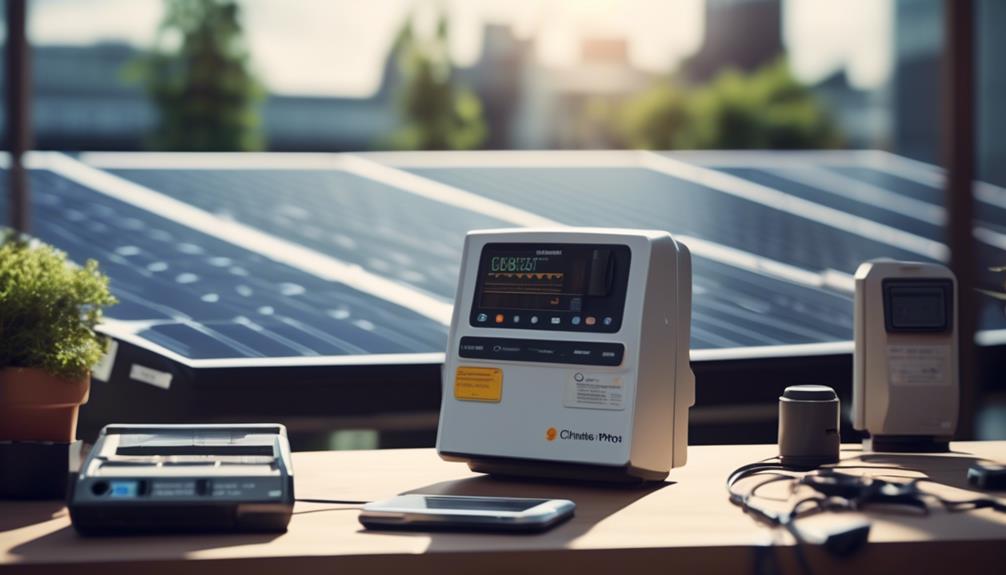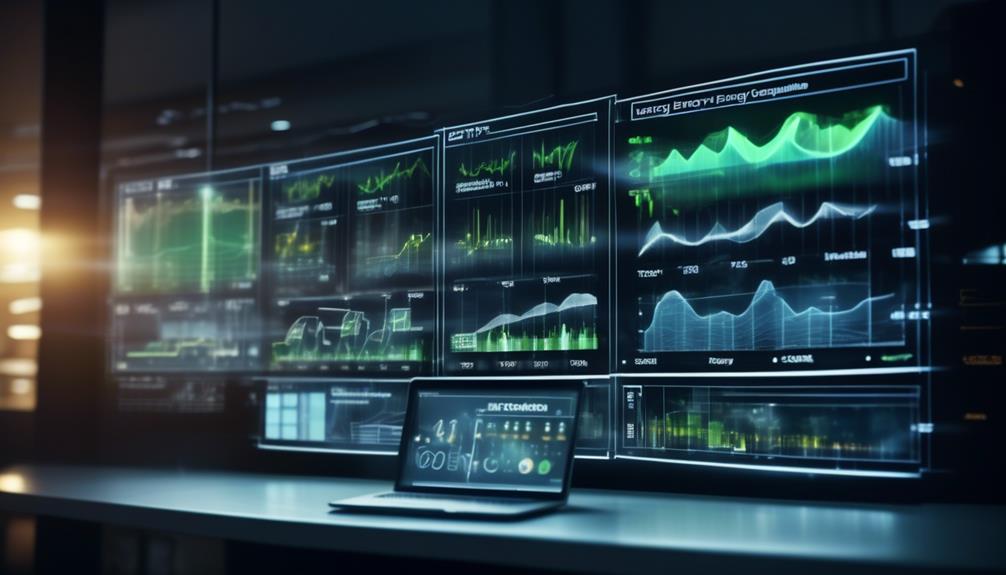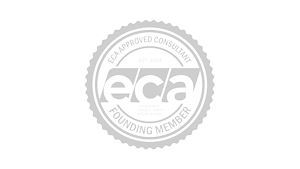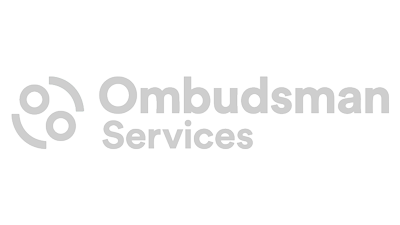In today’s fast-paced commercial world, business owners and facility managers are constantly on the lookout for ways to cut costs and enhance sustainability. The escalating energy bills and the pressing need to minimise environmental impact are challenges that many face.
With a deep-rooted understanding of these issues, this article delves into the realm of energy conservation, offering insights into how adopting energy-efficient lighting, optimising HVAC systems, and improving building envelopes can lead to significant energy consumption reductions and cost savings. These strategies are not just about cost-cutting; they are a testament to a business’s commitment to sustainability, providing a competitive edge in an increasingly eco-conscious market.
Understanding the critical role that energy conservation plays in commercial success and environmental stewardship, we will explore the transformative potential of these key strategies. Through a comprehensive approach that combines technical knowledge with practical insights, this discussion aims to equip you with the tools and knowledge needed to make informed decisions about energy management in your commercial spaces.
As we delve deeper into each strategy, you’ll discover actionable solutions that address your specific needs, ensuring that your business not only thrives economically but also contributes positively to the planet. Let’s embark on this journey towards achieving greater energy efficiency and sustainability in the commercial sector.
Energy-Efficient Lighting Solutions
Energy-efficient lighting solutions, such as LED bulbs and smart lighting systems, offer practical and cost-effective ways to reduce electricity consumption and promote energy conservation in commercial spaces.
LED lighting can substantially reduce energy usage. For example, a 12-watt LED bulb provides the same level of brightness as a 60-watt incandescent bulb while using 75% less energy.
Smart lighting systems, equipped with motion sensors and timers, can further optimise energy usage by adjusting lighting based on occupancy and time of day.
Conducting an energy audit of the building’s lighting can identify opportunities for improvement, leading to tailored solutions for reducing energy consumption.
Upgrading to LED bulbs and implementing smart lighting controls can significantly lower energy bills and maintenance costs. Additionally, these solutions contribute to a more sustainable and environmentally friendly operation.
HVAC System Optimisation
Maximising the efficiency of HVAC systems through regular audits and optimisation is crucial for reducing energy consumption in commercial spaces.
Seasonal Energy Efficiency Ratio (SEER) ratings and Energy Efficiency Ratio (EER) should be considered when selecting HVAC systems to lower energy consumption.
Additionally, implementing advanced controls and retrofits can optimise energy usage while maintaining indoor air quality.
Installing proper insulation in ducts and pipes is essential for minimising energy loss.
Furthermore, utilising programmable thermostats and smart building technology can reduce overall energy consumption by allowing precise control over temperature settings and eliminating human forgetfulness in adjusting HVAC system settings.
It is also important to consider the environmental impact of HVAC systems and stay updated on performance and sustainability trends.
Conducting retro-commissioning with IoT solutions can identify inefficiencies and make data-driven decisions for energy efficiency, ensuring that HVAC systems are consistently operating at peak performance.
Building Envelope Improvements
Building envelope improvements play a critical role in minimising energy loss and optimising thermal regulation within commercial spaces. By sealing air leaks, enhancing insulation, and upgrading windows and doors to energy-efficient models, building managers can significantly reduce energy use and enhance the efficiency of commercial HVAC systems. Additionally, the use of reflective roofing materials and proper weatherstripping and caulking further contribute to energy savings and reduced electricity consumption. Evaluating and improving the building’s exterior walls to enhance insulation and reduce thermal bridging is also essential in optimising building energy performance. These improvements not only lead to cost savings but also contribute to environmental sustainability by reducing water consumption and overall energy usage.
| Building Envelope Improvements | Benefits |
|---|---|
| Seal air leaks | Minimise energy loss |
| Upgrade windows and doors | Reduce heating and cooling costs |
| Reflective roofing materials | Minimise heat absorption |
| Weatherstripping and caulking | Prevent air leaks |
| Evaluate exterior walls | Enhance insulation |

